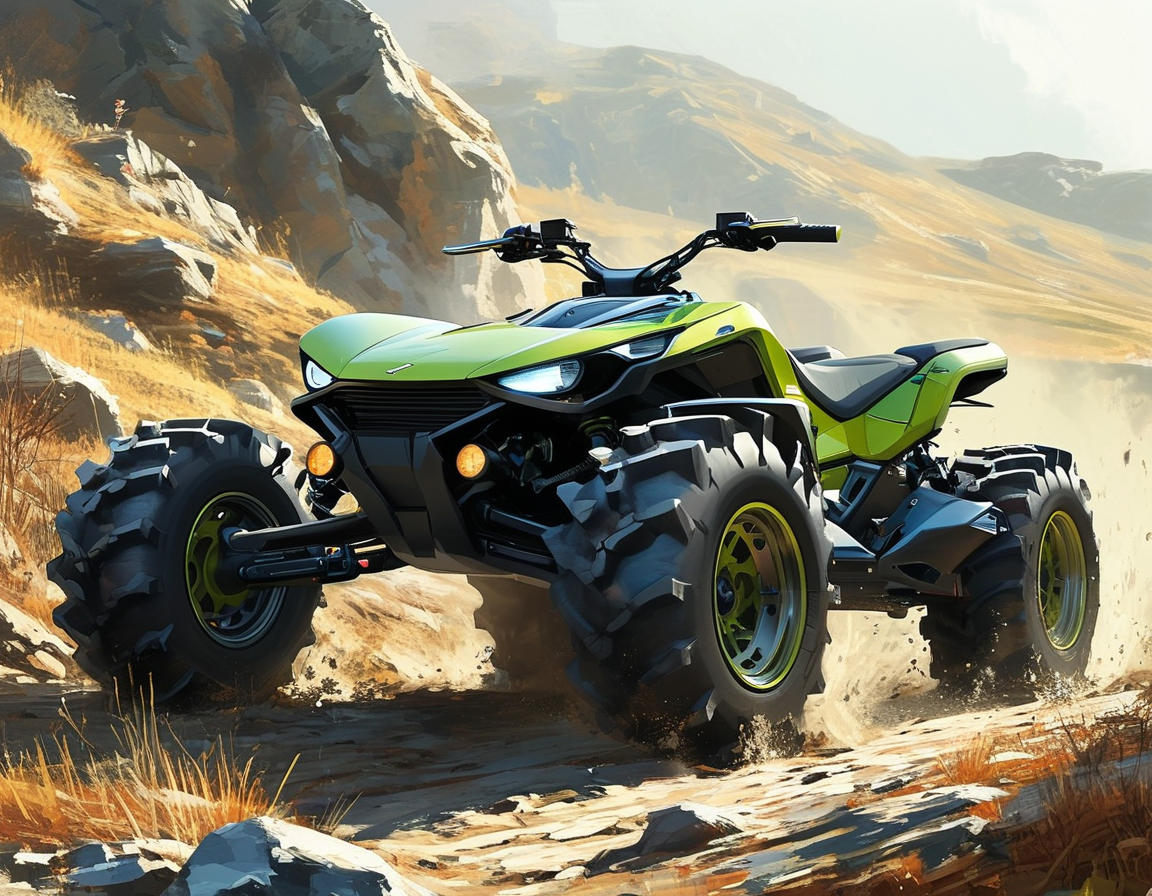
Kawasaki’s new creation, Corleo, has set the stage for the future of personal transportation. Imagine a vehicle that moves like a horse but is powered by hydrogen and equipped with artificial intelligence. It is not just a vehicle; it’s a fusion of tradition and innovation. This innovative approach makes one wonder: Are we on the cusp of a revolution in how we perceive mobility?
The Corleo was unveiled recently at the Osaka-Kansai Expo 2025, raising eyebrows and sparking curiosity across the globe. With its design inspired by both ancient beasts and modern robotics, it’s a fascinating sight that seems to leap right from the pages of a science fiction novel. But, do we really need such technology? What does it mean for our relationship with nature and traditional transport?
The infamous swing-arm mechanism from motorcycles connects the frame to the rear wheels of Corleo. This unique feature allows it to navigate rough terrains—think mud, cobblestones, and steep hills. Just picture it: you’re cruising over uneven ground, feeling the stability beneath you, as you witness its shock-absorbing capabilities in action. In a world with increasing instability due to climate change, could this blend of old and new offer a sustainable alternative?
The robot’s four legs are perhaps its most striking feature. With high-grip rubber hooves, they adapt seamlessly to challenging environments. While other vehicles struggle in poor conditions, Corleo seems equipped to tackle it head-on. It makes one think: might this be the answer for remote communities needing reliable transport?
Artificial intelligence plays a pivotal role in Corleo. The system analyzes terrain and maintains balance effectively. Unlike traditional vehicles, you move with this robot. Lean forward to accelerate, lean back to slow down. It feels intuitive, almost as if you’re in direct conversation with the technology. Have we reached a point where we’re not just users but partners in transportation?
Beneath its striking exterior lies a 150cc hydrogen engine. This engine harnesses hydrogen stored in the rear legs. When combined with oxygen, it produces not just power, but water vapor. In an era where pollution is a major concern, can hydrogen-powered vehicles like Corleo pave the way for cleaner urban transport?
Kawasaki envisions a commercial launch in 2050. But while that’s quite a few years away, the anticipation is palpable. How ready will we be to embrace such innovations? Will our infrastructure support this kind of transfiguring technology when it arrives?
Imagine taking one of these on a mountain trail. The rush of wind, the sound of nature all around you, and the knowledge that you’re riding a piece of future tech. Does that vision excite you? Will the reality live up to the dreams we hold for it?
As Kawasaki prepares for the Expo, their focus on clean energy and innovative designs resonates with an increasing number of eco-conscious consumers. It’s a stunning reminder that the future doesn’t have to compromise on environmental goals. Can the Corleo inspire other industries to adopt similar changes?
As we reflect on the implications of such advancements, questions swirl around the entrepreneurial landscape. How will markets adjust to a vehicle that operates on clean energy? What regulations might arise? The narrative continues to unfold, and it remains essential to stay engaged as these discussions develop.
Leave a Comment